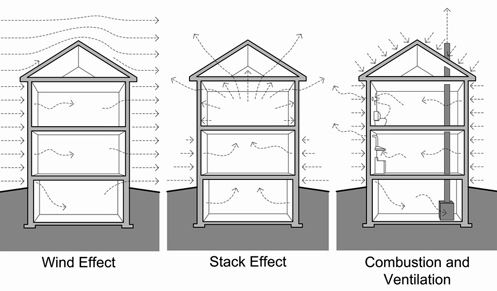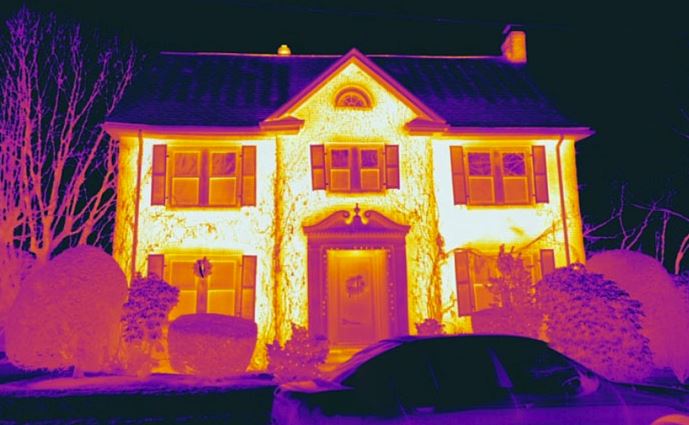What is it? A building envelope refers to as the separation between the exterior and the interior environments of a structure. The building envelope also refers to as the physical shell of the structure that incorporates of all the actual barriers in construction, functioning together to accomplish 4 basic tasks: offer control air flow, structural support, regulate temperature and control moisture. It works as an outer shell to enable its climate control as well as shield the indoor environment. building envelope remediation design refers to as the specialized area of engineering and architectural practice that draws from every area of indoor climate control and building science.
Building envelope remediation design comprises four key performance objectives:
• Moisture control
• Structural integrity
• Temperature control
• Control air pressure boundaries of types
The functions are what characterize the “control” of the building envelope and exemplify the value of design performance of envelopes.
Air control
When you talk of a structure’s draftiness, you’re talking about the actual control of air flow. Control of air comprises movement of air through the physical components of your building envelope itself. In other words, the air also moves out and into of the interior area, which impacts building insulation significantly. The air flow can influence any aspect of the shell. Therefore, to be more specific the flow is moving to infuse through doors, windows, foundation, walls, and ceiling. In order to guarantee energy regulation and clean air quality, the building should be able to regulate its air flow.

Thermal control
Thermal transfer indicates how comfortable you feel inside your own homes. Is your house too cold? Is it too hot? If you wish to address this problem, it is the easiest way to tackle. The time to raise the building envelope to stop heat from escaping through the roof
Moisture control
The ability to control the process of moisture transfer has become an essential element of an envelope’s control function. Moisture presents a distinctive danger to the general integrity of a construction and should be taken into consideration. Moisture could and would affect the roof, floor, and walls of your building. Each component should be addressed to stop unwanted transfer from bringing about expensive damage. The real components of the envelope comprise of the windows, foundation, roof, doors, and walls. The dimensions, fabrication process, compatibility and performance of materials, and details their interactions and connections are the key factors that actually determine the durability and effectiveness of the building enclosure framework.
Typical measures of the effectiveness and efficiency of building envelopes embrace physical protection from climate and weather (comfort), energy efficiency, indoor air quality, and durability.
However, for you to achieve these objectives, each and every building enclosure systems should include a drainage plane, a solid structure, a thermal barrier, an air barrier, and may comprise of a vapor barrier. This moisture control is crucial in cold climates.
From interior replacement to building facades, professional provide industry expertise and leading experience to make sure that the structure building is finalized on-budget, safely, and promptly. Repair work is normally performed in occupied structures and these services pertaining building envelope repairs consist of:
• Complete Restoration and Demolition
• Siding Replacement
• Rain Management Systems
• Structural Correction (Sheathing and Walls)
• Door and Window Replacement
• Deck Systems/ Roofing
Executing repairs under defined conditions entails that the contractor need meet the needs of the owner by ensuring little disruption to occupants and tenants.

